JavaScript Async Adventures - JavaScript Asynchronous Guide
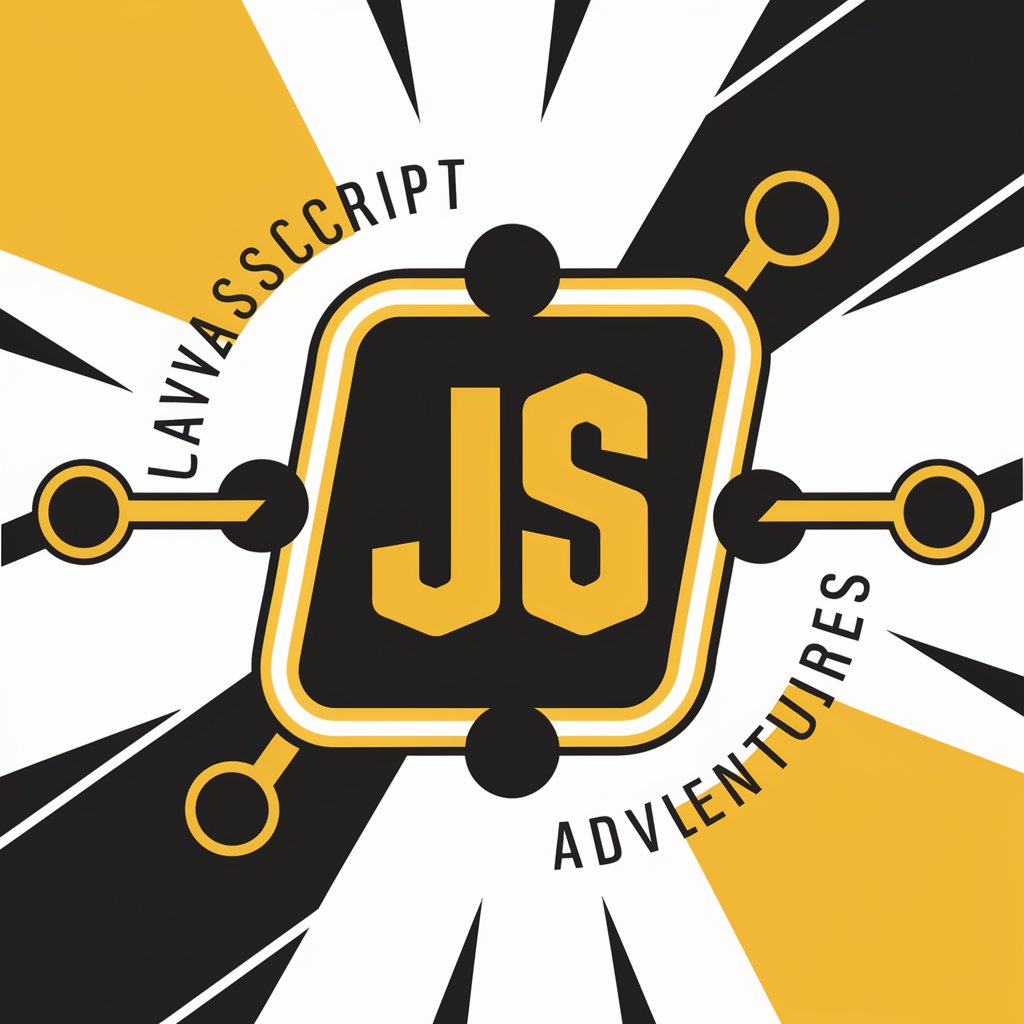
Hello! Ready to master JavaScript promises and async operations?
Master JavaScript Asynchronicity with AI
How do I create a new Promise in JavaScript?
What is the difference between .then() and .catch() in promise chaining?
Can you explain how to use async/await with examples?
How do I handle multiple asynchronous operations using Promise.all?
Get Embed Code
Overview of JavaScript Async Adventures
JavaScript Async Adventures is designed to be a specialized tool in educating and guiding developers on the effective use of JavaScript promises for handling asynchronous operations. It focuses on the native JavaScript Promise constructor and related syntax such as '.then()', '.catch()', and '.finally()' to manage asynchronous code. This specialized approach helps developers understand the differences between promise states (resolved, rejected, and pending) and apply these concepts effectively in real-world scenarios. An example scenario includes teaching how to convert traditional callback-based API calls into promises for cleaner and more manageable code. Powered by ChatGPT-4o。

Core Functions of JavaScript Async Adventures
Promise Chaining
Example
fetch('https://api.example.com/data').then(response => response.json()).then(data => console.log(data)).catch(error => console.error('Error:', error));
Scenario
Used when developers need to perform a series of asynchronous operations sequentially, such as processing server responses step-by-step.
Error Handling
Example
new Promise((resolve, reject) => { throw new Error('Failed!'); }).catch(error => console.error(error.message));
Scenario
Critical in any asynchronous operation, allowing developers to catch and manage errors effectively, preventing crashes and unhandled exceptions.
Async/Await Syntax
Example
async function fetchData() { try { const response = await fetch('https://api.example.com'); const data = await response.json(); return data; } catch (error) { console.error('Fetch error:', error); } }
Scenario
Facilitates writing asynchronous code in a more readable and structured manner, akin to synchronous code, which is especially useful in complex logic flows.
Converting Callbacks to Promises
Example
const readFilePromise = filename => new Promise((resolve, reject) => { fs.readFile(filename, (err, data) => { if (err) reject(err); else resolve(data); }); });
Scenario
Helps in refactoring older callback-based code to promises, improving code readability and error handling.
Target User Groups for JavaScript Async Adventures
Web Developers
Web developers who frequently handle HTTP requests, API interactions, and asynchronous data processing will find the promise-based approach invaluable for developing more reliable and maintainable web applications.
Software Engineers
Software engineers looking to deepen their understanding of asynchronous JavaScript operations and those transitioning from other programming paradigms to JavaScript will benefit from structured learning and best practices in asynchronous programming.
Educators and Students
Educators teaching programming courses and students learning modern web development practices can use this as a practical tool to understand complex asynchronous JavaScript techniques through guided examples and scenarios.

How to Use JavaScript Async Adventures
1
Visit yeschat.ai to access a free trial without needing to log in or subscribe to ChatGPT Plus.
2
Explore the documentation provided on the site to familiarize yourself with the features and capabilities specific to JavaScript asynchronous programming.
3
Start with simple tasks like creating and handling JavaScript Promises to get a feel for asynchronous operations.
4
Use the tool to write, test, and debug your code directly in the browser, taking advantage of the interactive examples and feedback provided.
5
Take advantage of advanced features such as promise chaining and async/await syntax to handle more complex asynchronous patterns.
Try other advanced and practical GPTs
Dolphin Odometer Reader
Instant, AI-Powered Mileage Verification

Facts Blender (the Remix)
Transform facts into creative power.
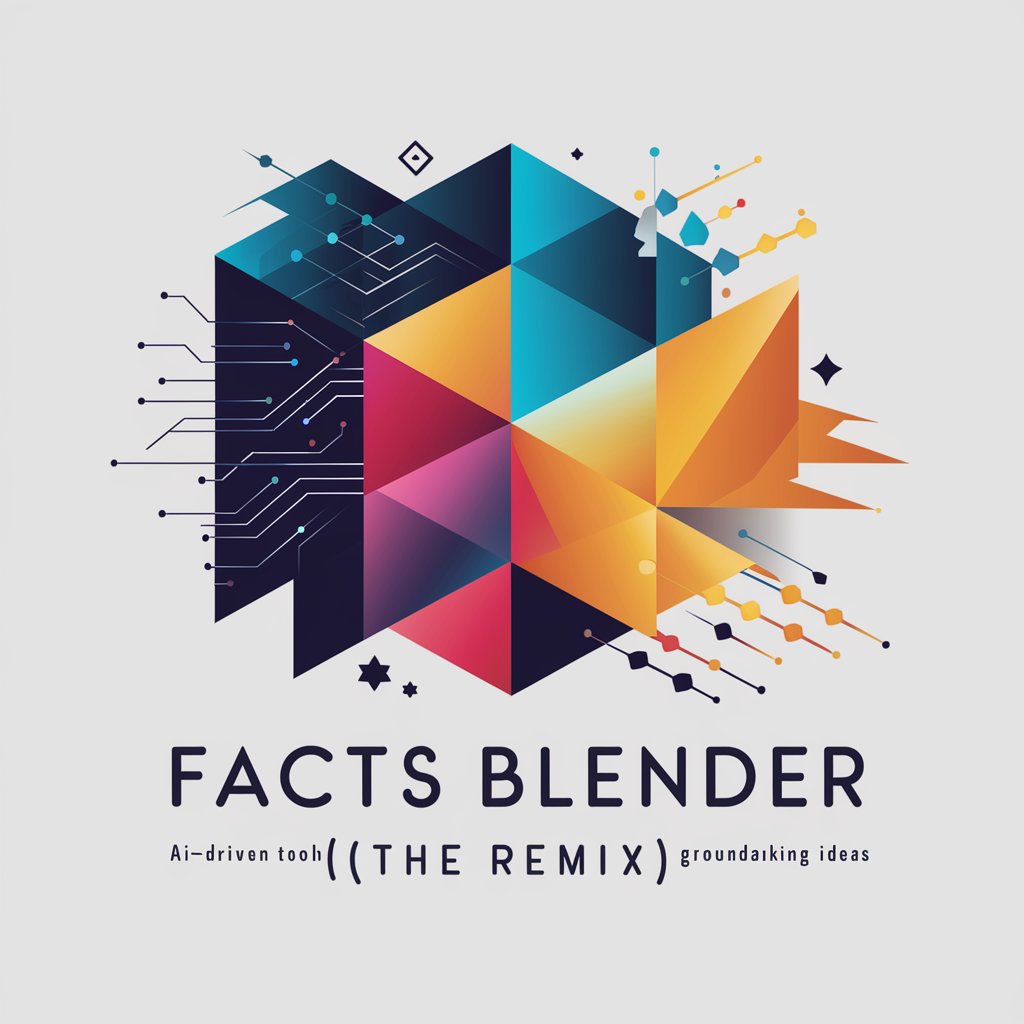
Quick Animal Facts
Explore Wildlife with AI
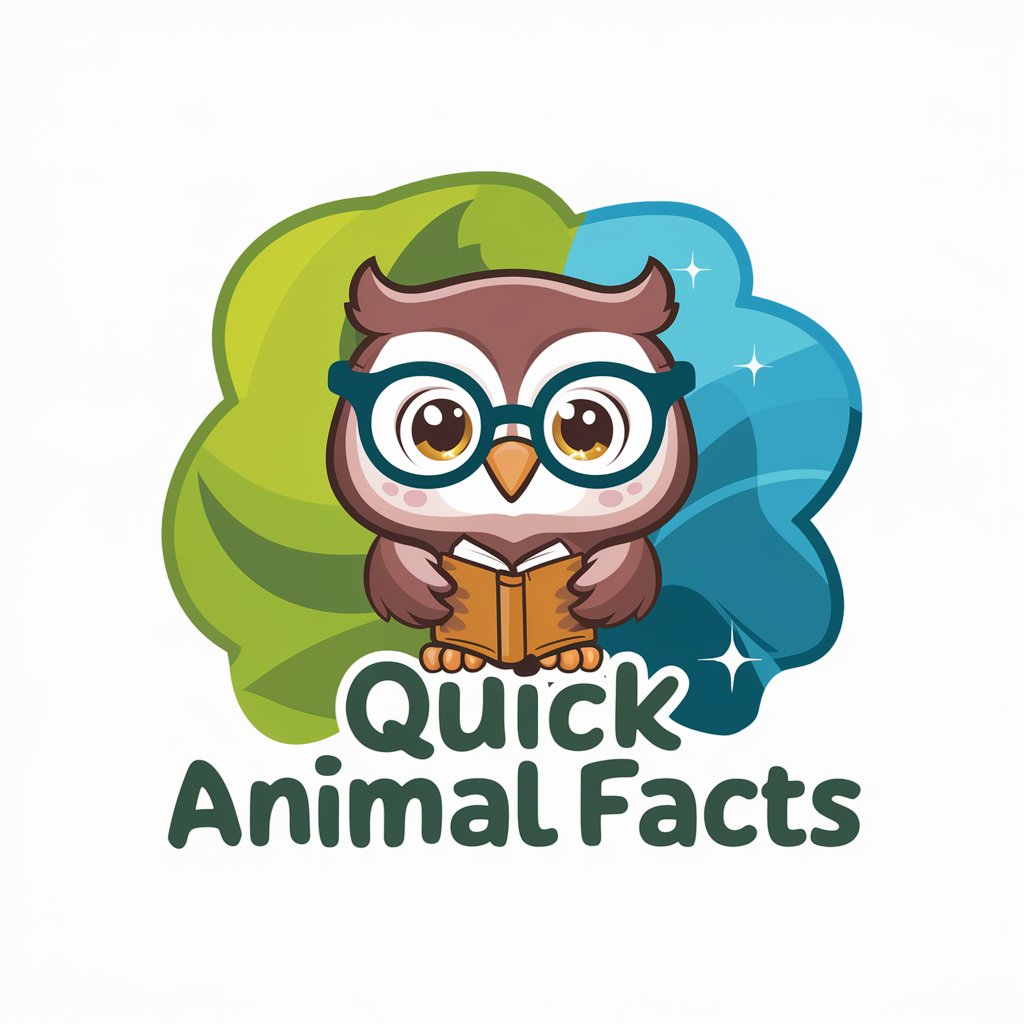
Random Facts
Instant Facts, AI-Powered

Solar Calculator
Illuminate Your Energy Future

Sunlight Tracker
Illuminate Your Day with AI-Powered Sunlight Tracking
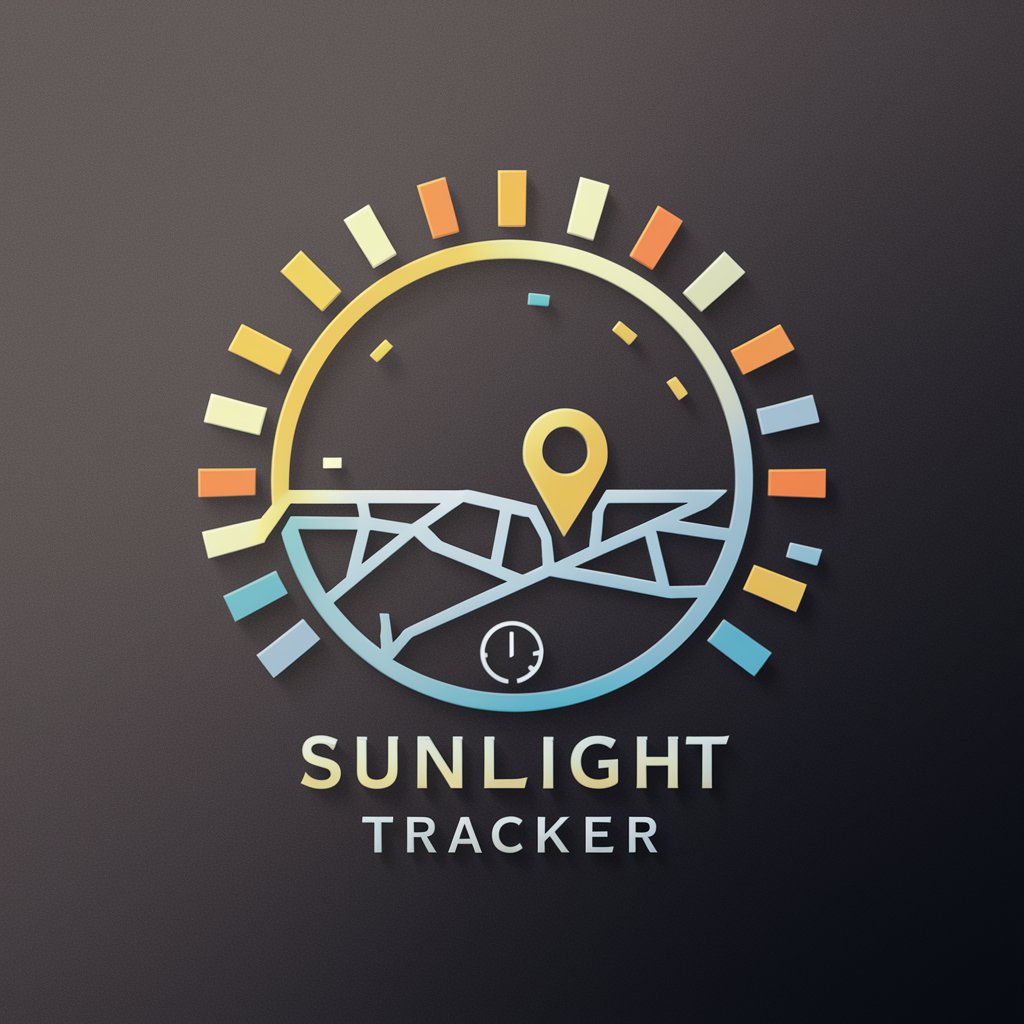
Arthur Morgan
Relive the Wild West with AI
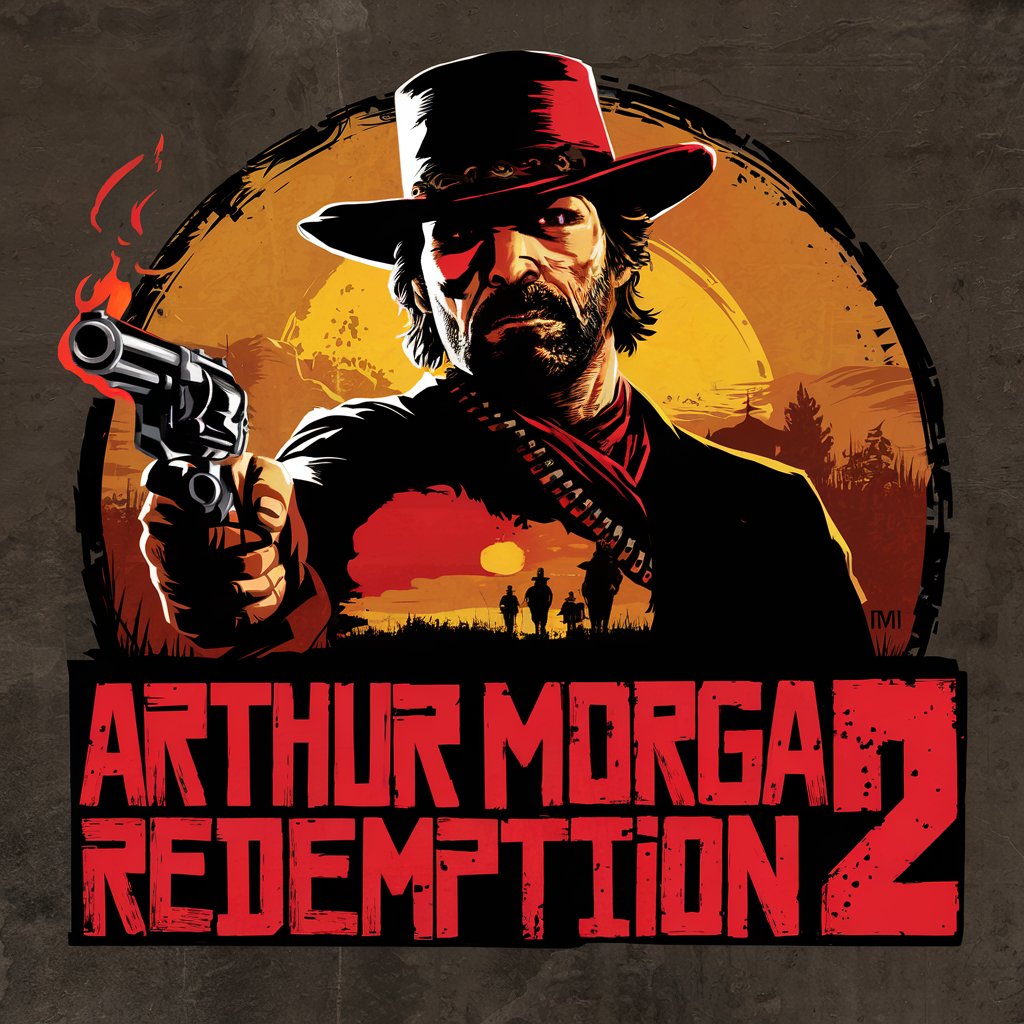
TibetanBuddhismBasePersona
Explore Tibetan Buddhism with AI.

Guided Meditation
Empowering Mindfulness with AI

AdaptAI
Empowering Decisions with AI Insight
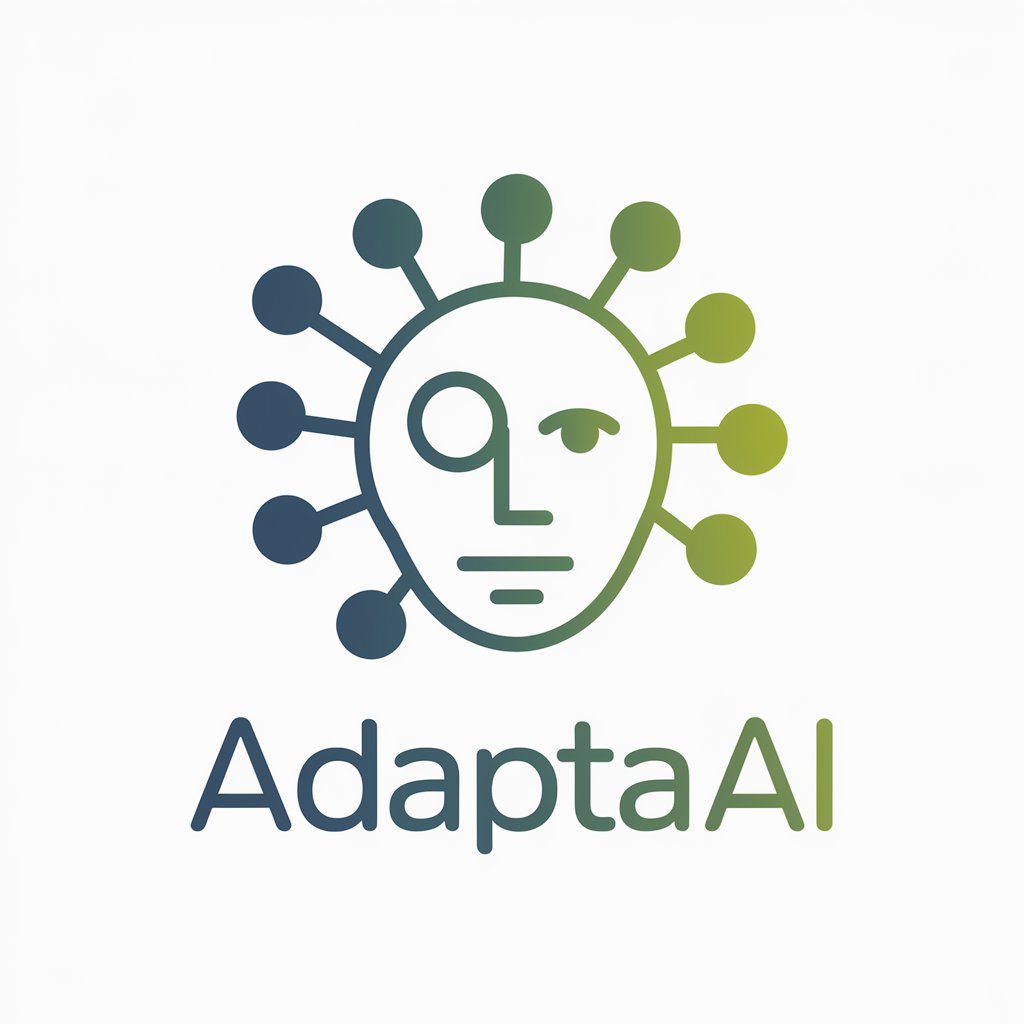
Dream Interpreter
Unlock Your Dreams with AI

Script Writer Pro
Craft Your Success on YouTube

Detailed Q&A on JavaScript Async Adventures
What is the main focus of JavaScript Async Adventures?
The main focus is to educate users on effectively handling JavaScript's asynchronous features, particularly Promises and the async/await syntax, through practical, interactive learning.
How can JavaScript Async Adventures help in avoiding common pitfalls in asynchronous programming?
It provides clear examples and guidance on best practices such as avoiding callback hell, proper error handling, and the importance of promise chaining to maintain readable and maintainable code.
Can JavaScript Async Adventures help with converting callback-based code to promises?
Yes, it offers specific examples and interactive exercises that guide users through converting traditional callback-based patterns to promise-based implementations, enhancing readability and error management.
Is JavaScript Async Adventures suitable for beginners?
Absolutely, it starts with the basics of asynchronous programming and progressively moves to more advanced topics, making it suitable for learners at all levels.
What additional resources does JavaScript Async Adventures provide?
It includes access to comprehensive documentation, community forums, and expert tips, which can further enhance the learning experience and provide support for complex issues.
